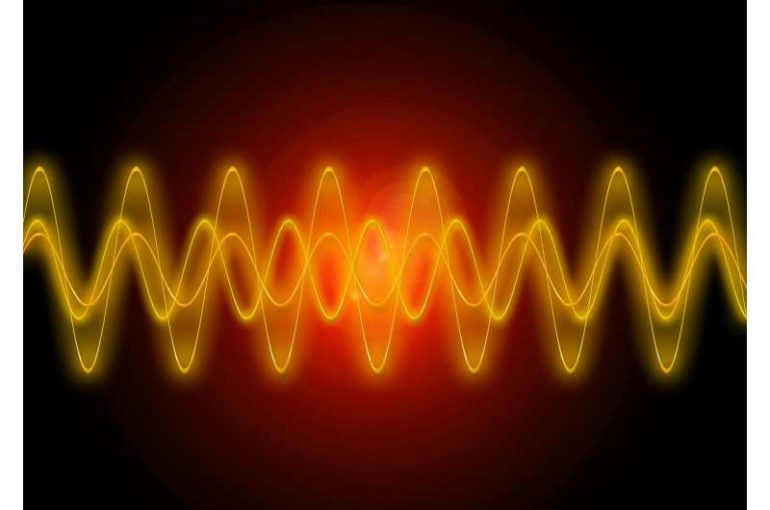A team led by Prof. GUO Guangcan and Prof. ZOU Changling from the University of Science and Technology of China of the Chinese Academy of Sciences realized efficient frequency conversion in microresonators via a degenerate sum-frequency process, and achieved cross-band frequency conversion and amplification of converted signal through observing the cascaded nonlinear optical effects inside the microresonator. The study was published in Physical Review Letters.
Coherent frequency conversion process has wide application in classical and quantum information fields such as communication, detection, sensing, and imaging. As a bridge connecting wavebands between fiber telecommunications and atomic transition, coherent frequency conversion is a necessary interface for distributed quantum computing and quantum networks.
Integrated nonlinear photonic chip stands out because of its significant technological advances of improving nonlinear optical effects by microresonator’s enhancing the light-matter interaction, along with other advantages like small size, great scalability, and low energy consumption. These make integrated nonlinear photonic chips an important platform to covert optical frequency efficiently and realize other nonlinear optical effects.
However, the on-chip resonant-enhanced coherent frequency conversion requires multiple (three or more) modes of phase matching condition among distinct wavelengths, which imposes significant challenges to the devices’ design, fabrication, and modulation. Especially in the application of atomic and molecular spectroscopy, the intrinsic error brought by nanofabrication technique of integrated nonlinear photonic chips makes the resonant frequency of microresonator hard to match atomic transition frequency.
The researchers in this study proposed a new scheme for high-efficiency coherent frequency conversion requiring only the two-mode phase matching condition via a degenerate sum-frequency process. They achieved precise tuning of the frequency window (FW): coarse tuning by adjusting the device temperature with a tuning range of 100 GHz; fine tuning with MHz level based on previous work of all-optical thermal control in an integrated microcavity.
The results showed that the best achieved efficiency was up to 42% during the photon-number conversion from 1560-nm-wide to 780-nm-wide wavelength, indicating a frequency tuning bandwidth over 250GHz. This satisfied the interconnection of telecom photons and rubidium (Rb) atoms.
Besides, the researchers experimentally verified cascaded χ(2) and Kerr nonlinear optical effects inside a single microresonator to amplify the converted signal, which was neglected before. Thus the highest conversion efficiency was potential to achieve over 100% through adjusting device fabrication parameters, fulfilling simultaneously signal converted and amplified.
This study provides a novel way for efficient on-chip frequency conversion, which is extremely important for on-chip quantum information processing.
New tech builds ultralow-loss integrated photonic circuits
More information:
Jia-Qi Wang et al, Efficient Frequency Conversion in a Degenerate χ(2) Microresonator, Physical Review Letters (2021). DOI: 10.1103/PhysRevLett.126.133601
Provided by
University of Science and Technology of China
Citation:
Researchers realize high-efficiency frequency conversion on integrated photonic chip (2021, April 23)
retrieved 23 April 2021
from https://phys.org/news/2021-04-high-efficiency-frequency-conversion-photonic-chip.html
This document is subject to copyright. Apart from any fair dealing for the purpose of private study or research, no
part may be reproduced without the written permission. The content is provided for information purposes only.



